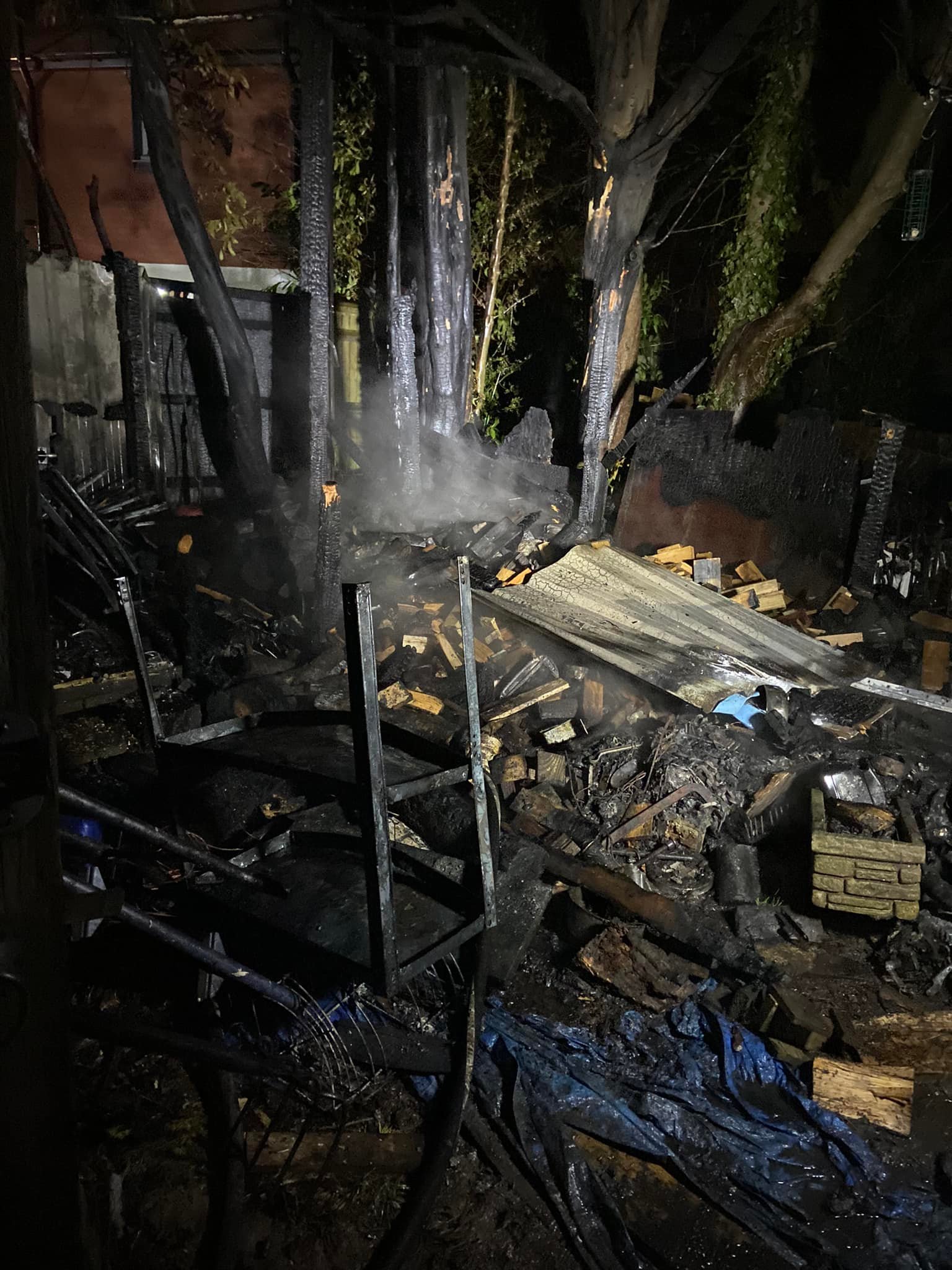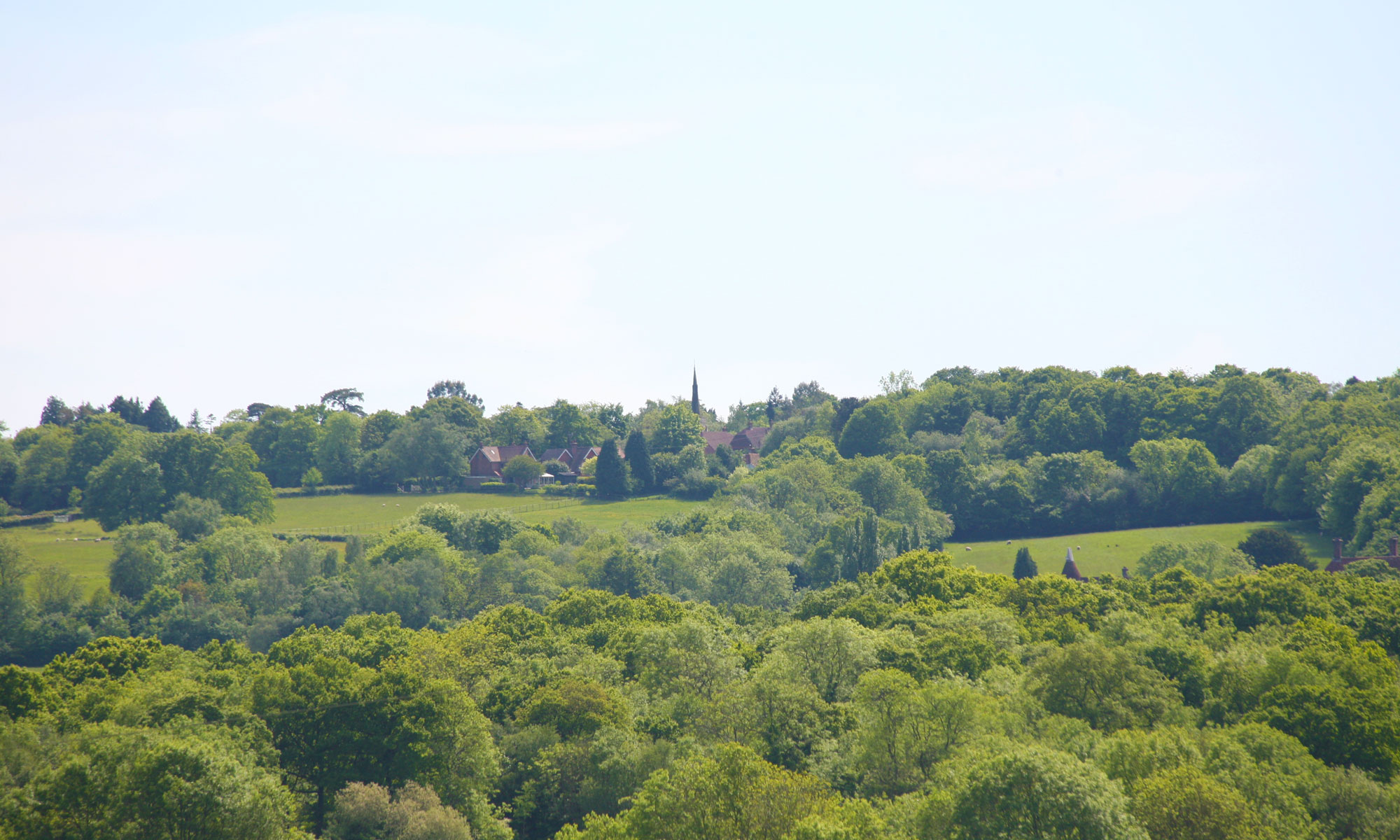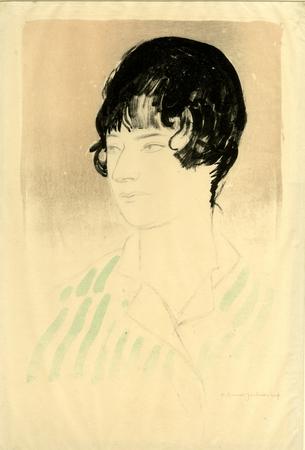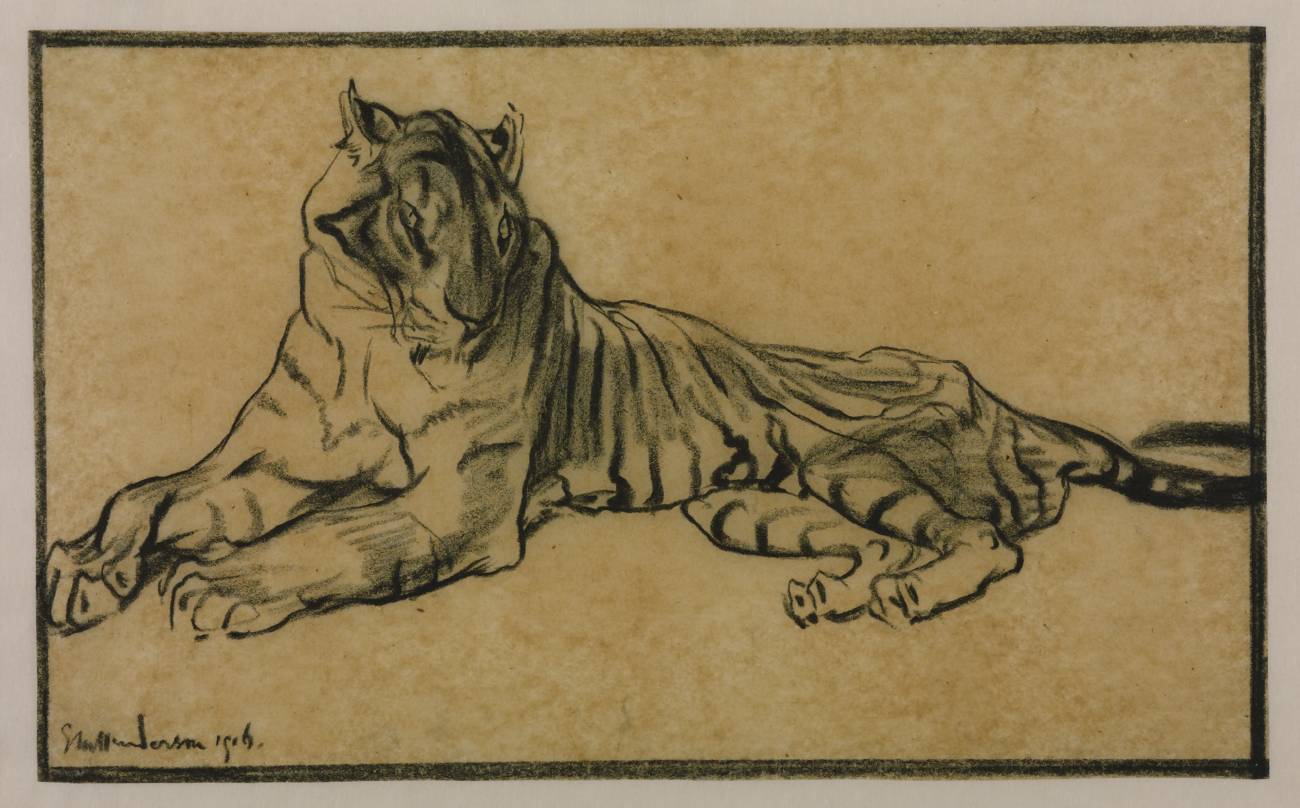Recently uncovered article in the Hadlow Down Village Trust Archives:
The “Tin Heaven,” Hadlow Down, East Sussex
In 1885 the Baptist minister Henry Donkin moved to the village of Hadlow Down in East Sussex and founded a new mission. With slow beginnings, it became a fully-fledged mission chapel in the early 1920s, with permission to officiate marriages and take a full and public part in local Nonconformist worship. The building that Donkin commissioned was one of the thousands of “tin tabernacles” that dotted the United Kingdom, the British Empire, and North America, purchased and erected by every type of Christian denomination, from the mid-nineteenth century to the mid-twentieth. Most of these affordable prefabricated corrugated-iron sacred spaces have long since been demolished or have rusted away, but the one in Hadlow Down survives. When he founded it in the 1880s, Donkin named his new mission chapel “The Tin Heaven.”
Donkin’s project, one tin tabernacle among many, was connected to the proliferation of cheaper industrially produced materials and, paradoxically, to a desire for social outreach and simplicity as a counterbalance to the oscillation between economic boom and bust. On July 10, 1857, John Ruskin delivered an explosive lecture at the Manchester Art Treasures exhibition. Britain, like much of the world, was gripped by an anxious mood brought on by a major economic crisis. Ruskin turned his full attention to the relationship between art, religion, and the socio-economic issues of poverty in both general cultural and specific local terms. He argued that, when wealth was not fairly distributed, all suffered both culturally and spiritually, and he pointed out that the acquisitive and territorial attitude to wealth in the modern age could never be compatible with Christian ethics.
Modern socio-economic suffering was the outcome of a rampant greed that resulted in the double-impoverishment of the souls of the wealthy and lives of the poor. One response was to reconsider Christian forms of worship and architecture in light of economic justice and ethics.
With references to the Book of Proverbs, Ruskin claimed that “where there should have been providence, there has been waste; where there should have been labour, there has been lasciviousness; and wilfulness, when there should have been subordination. A decade later, Ruskin returned to Manchester and lectured again on the “Spirit of Poverty” and its positive medieval connotations, firmly connected with simplicity and Christ-like humility rather than with the deprivation, hunger, and suffering that he and his contemporaries saw around them.
Modern socio-economic suffering was the outcome of a rampant greed that resulted in the double-impoverishment of the souls of the wealthy and lives of the poor. One response was to reconsider Christian forms of worship and architecture in light of economic justice and ethics. Out of this debate, and not without Romanticism and idealism alongside depth of commitment to improving lives both spiritually and pragmatically, many advocated a return to medieval styles of architecture to signal a return to a mind-set in which medieval monastic simplicity (though perhaps not the stratification of the feudal system) could breathe new life into a gluttonous and greedy capitalism. Ruskin was simply one voice, albeit an influential one, among many. In 1869, inspired by the Rule of St. Francis, Ruskin wrote to a friend that he wished to “form a society—no matter how small at first, which shall vow itself to simple life in what is called poverty, that it may clothe and cleanse, and teach habits of honour and justice—to as many as will receive its laws among the existing poor.”
 East Sussex Fire and Rescue Services were called out to a a large garden fire in the centre of Hadlow Down on Wednesday evening.
East Sussex Fire and Rescue Services were called out to a a large garden fire in the centre of Hadlow Down on Wednesday evening.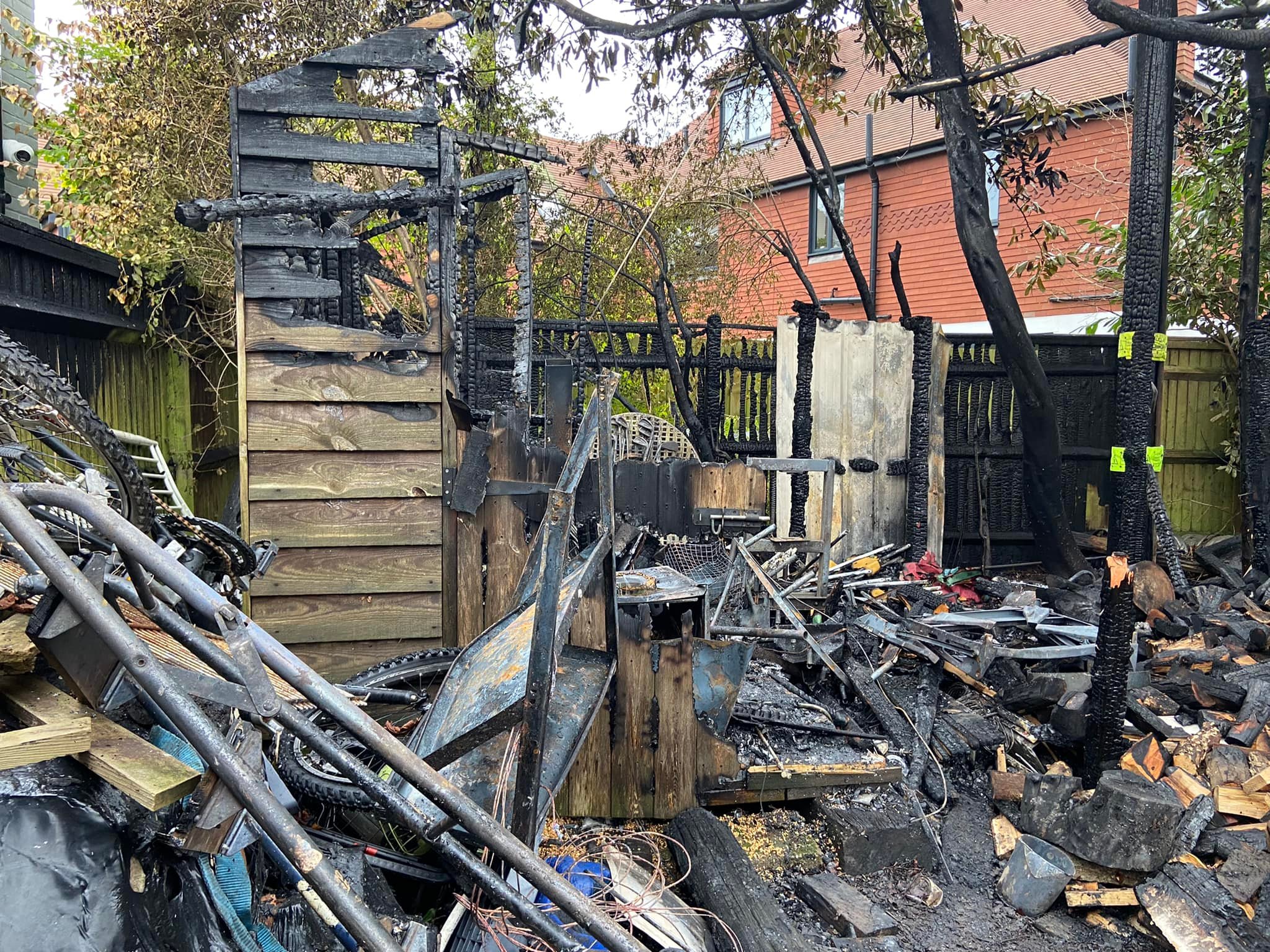 The residents have thanked neighbours and other local people in a post on the Hadlow Down Facebook group page and added a link for any help others can give:
The residents have thanked neighbours and other local people in a post on the Hadlow Down Facebook group page and added a link for any help others can give: